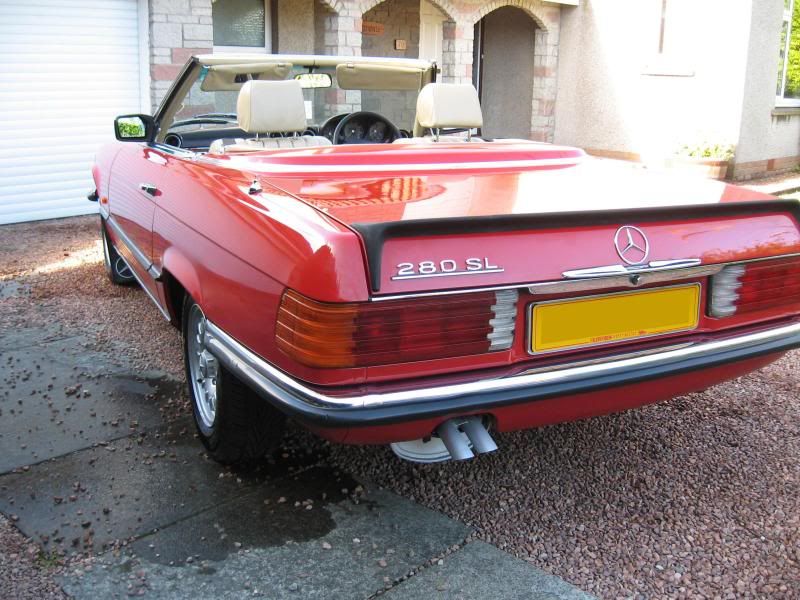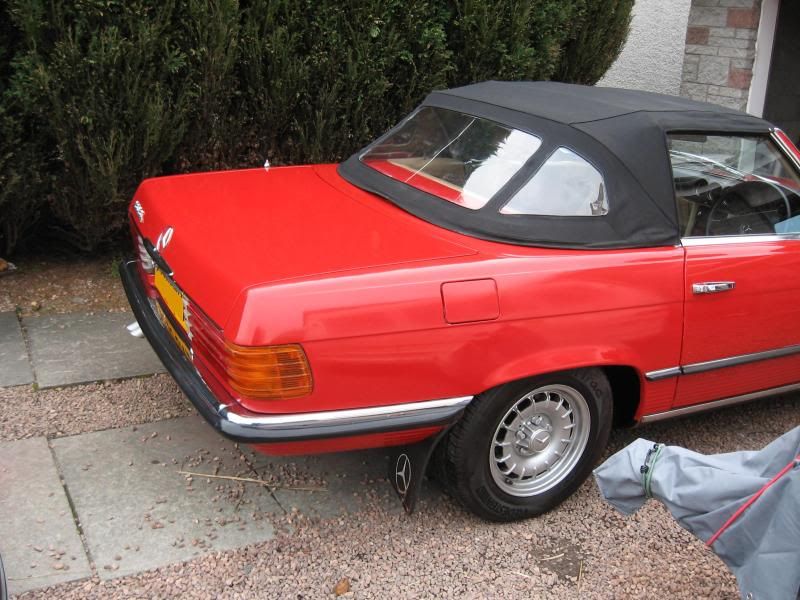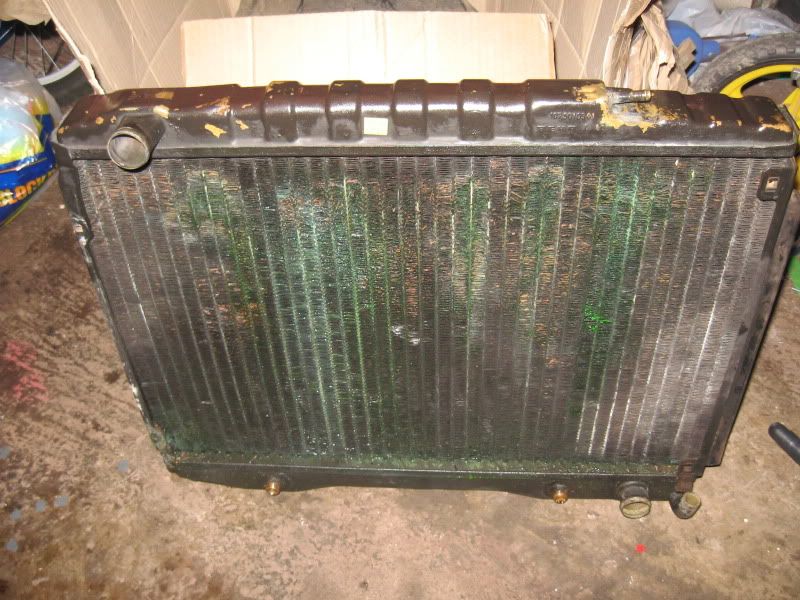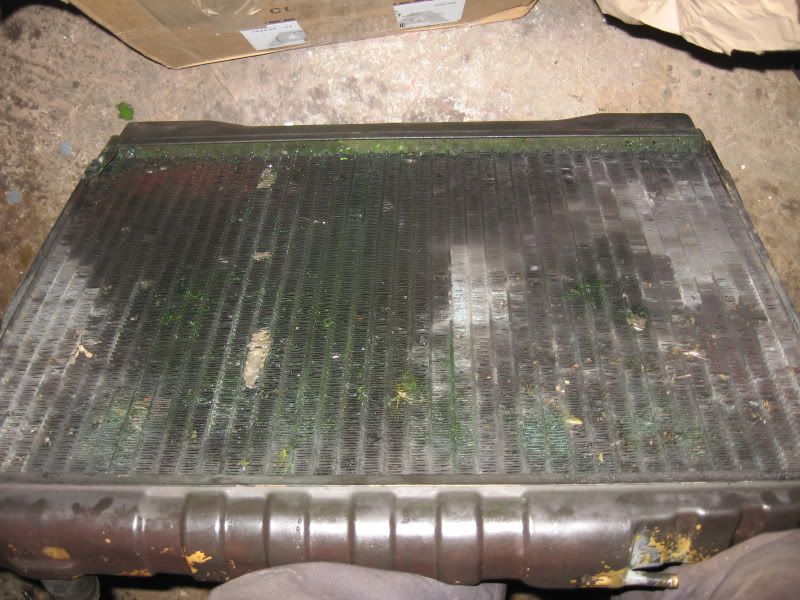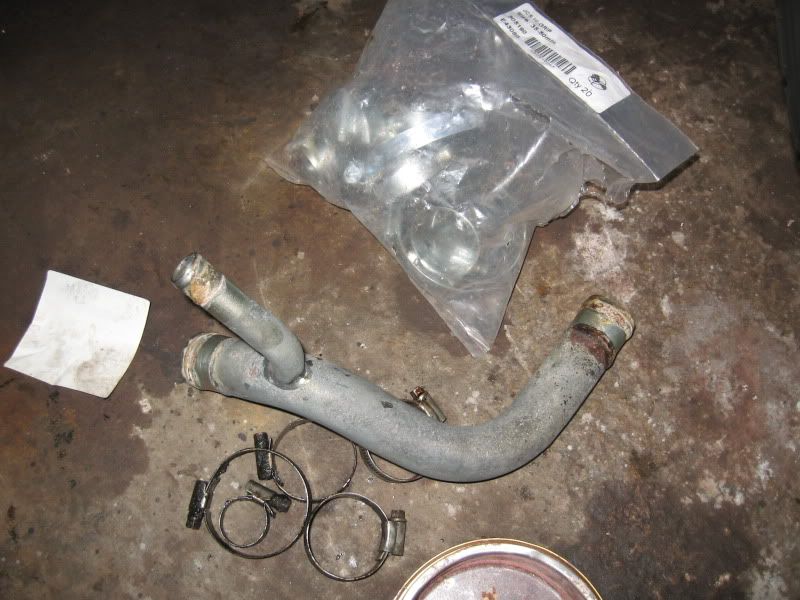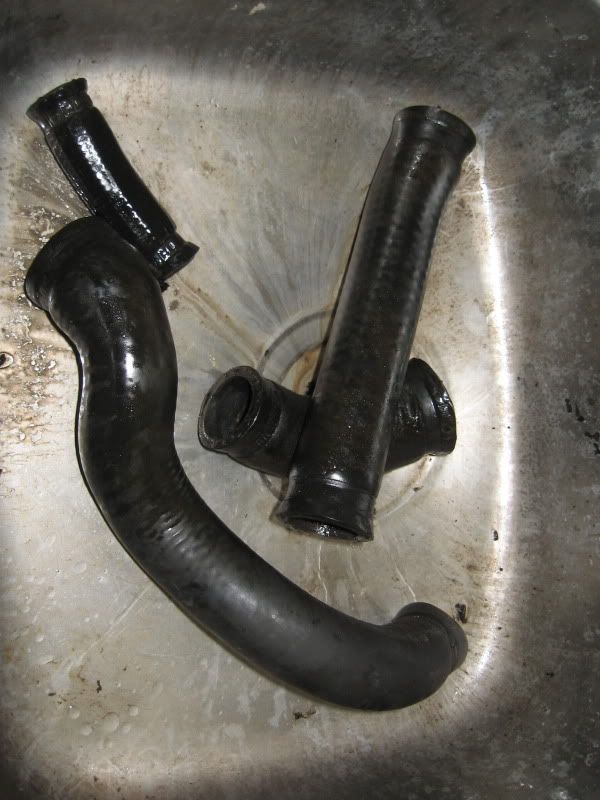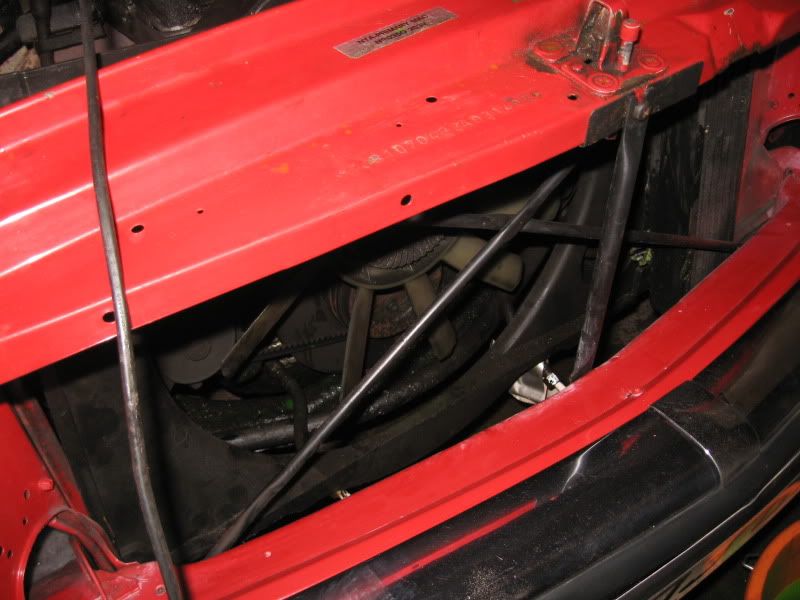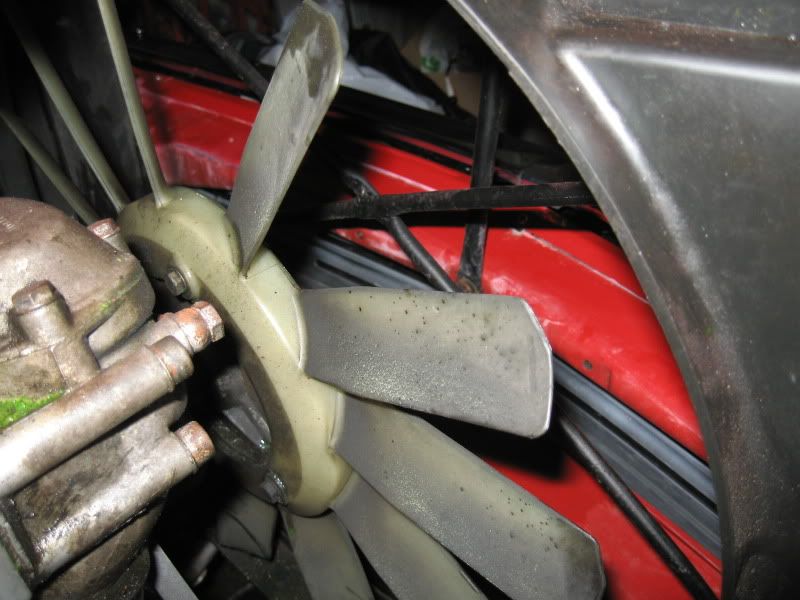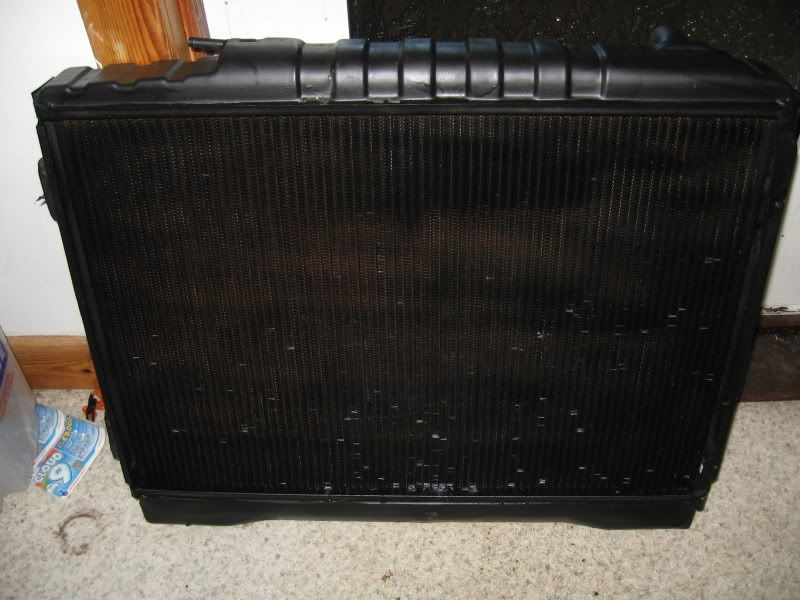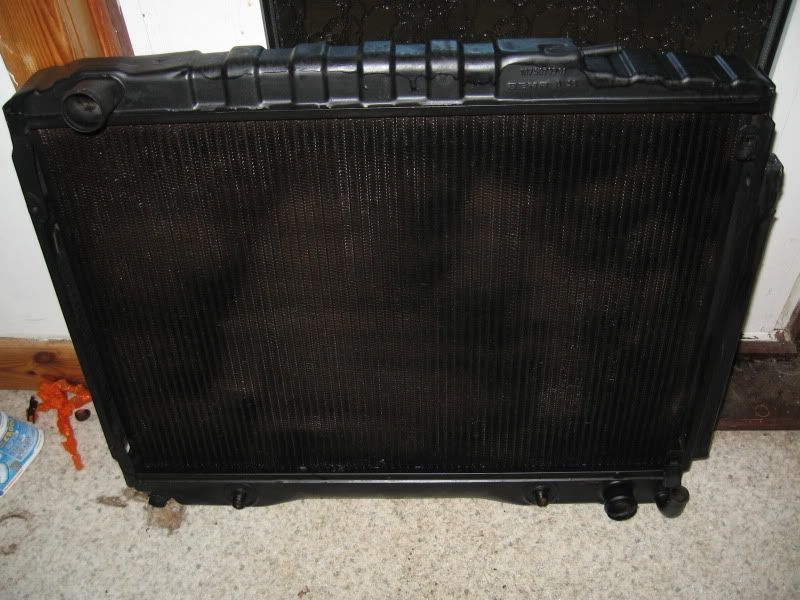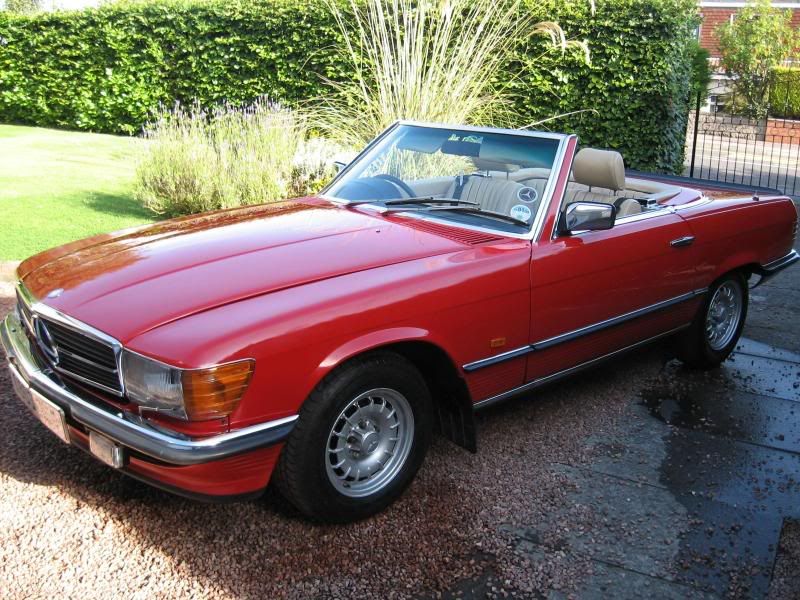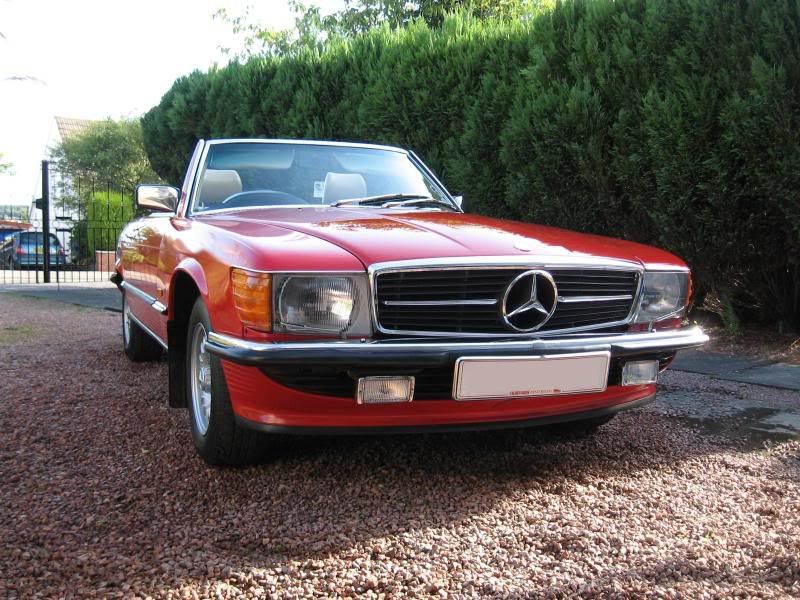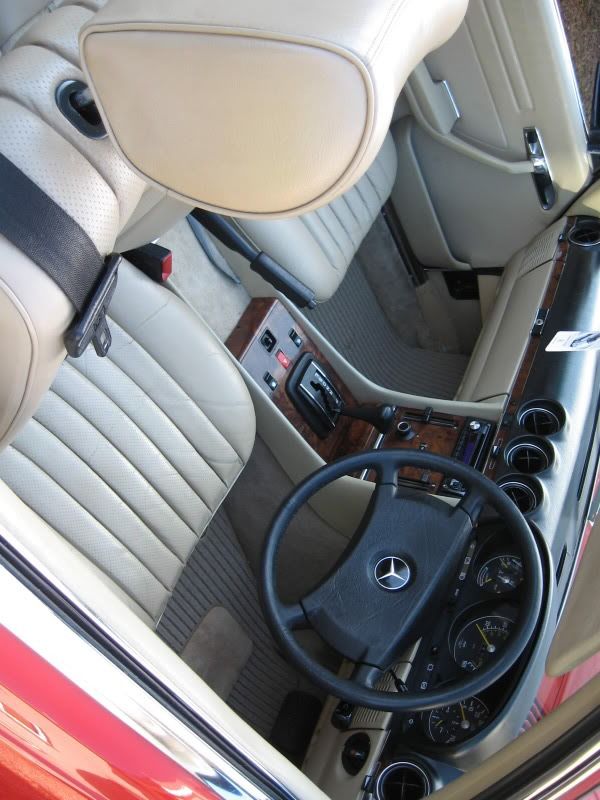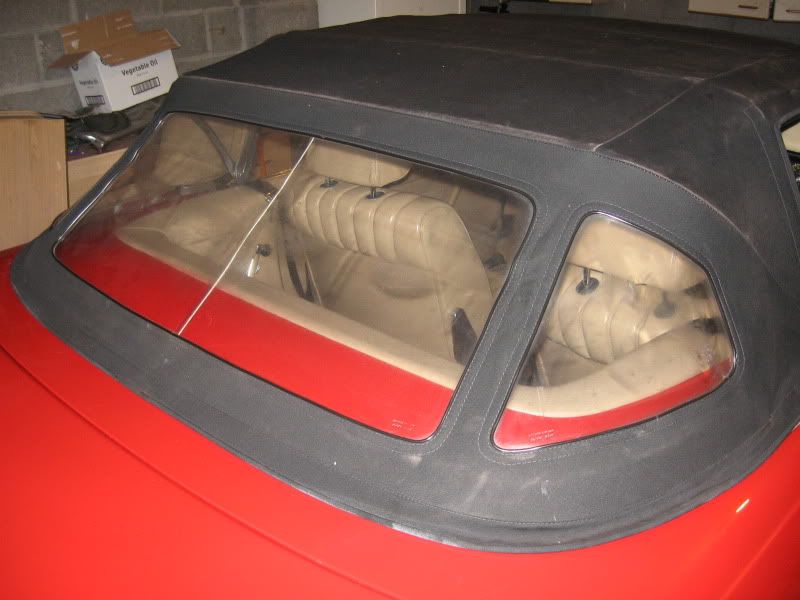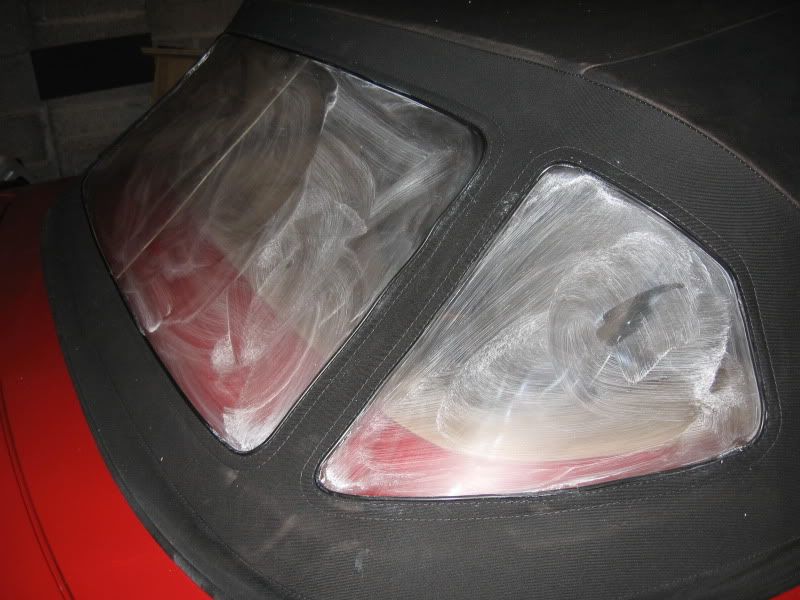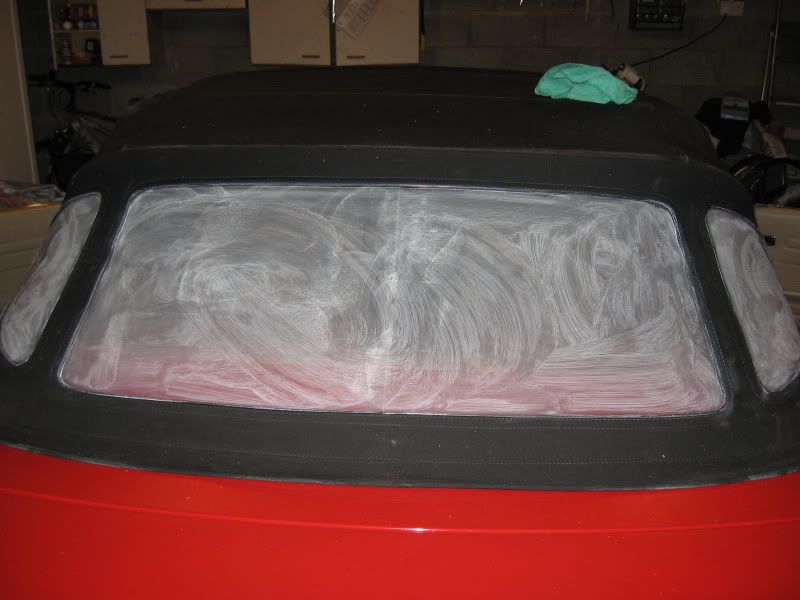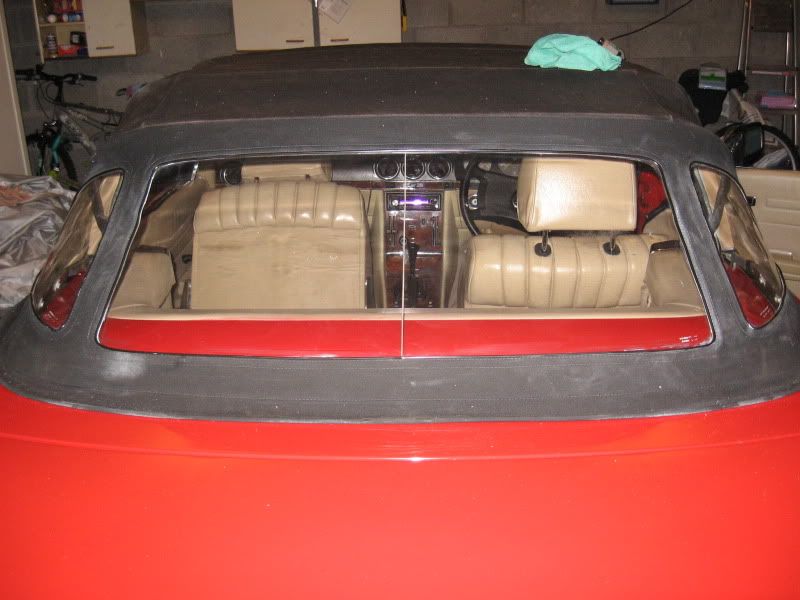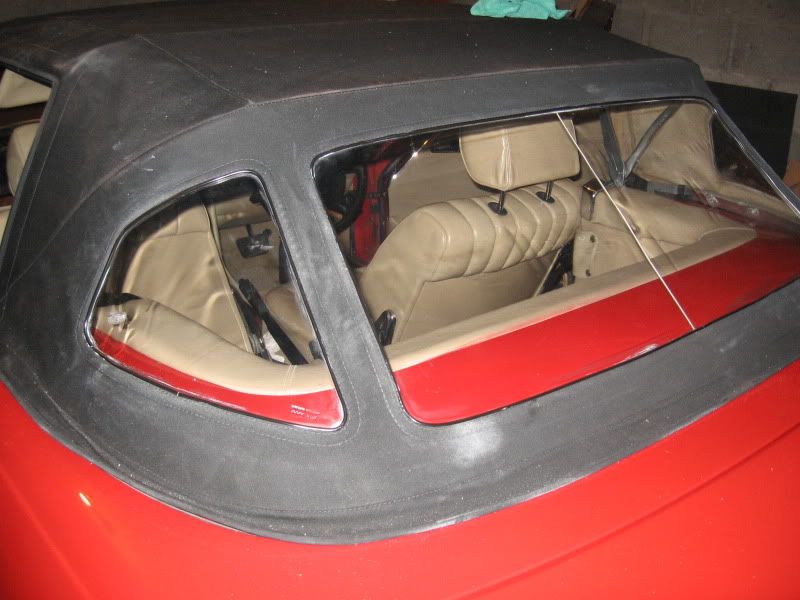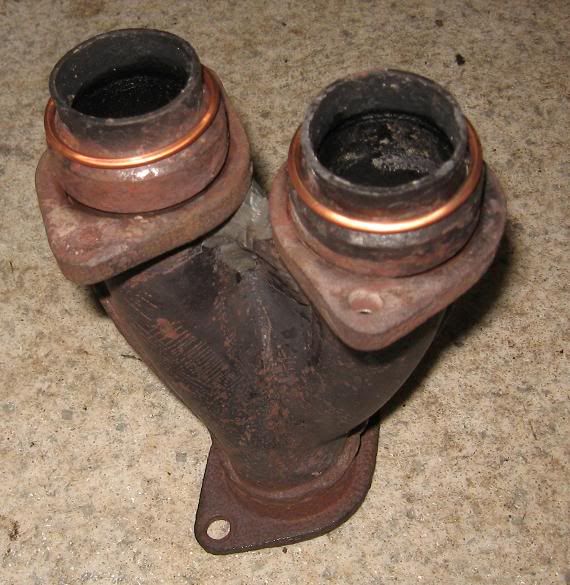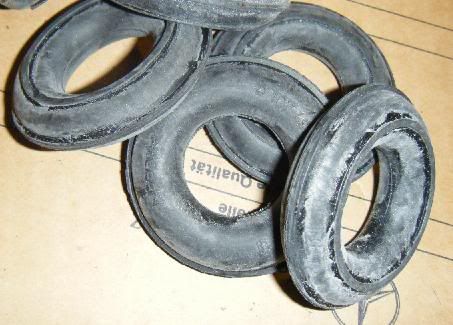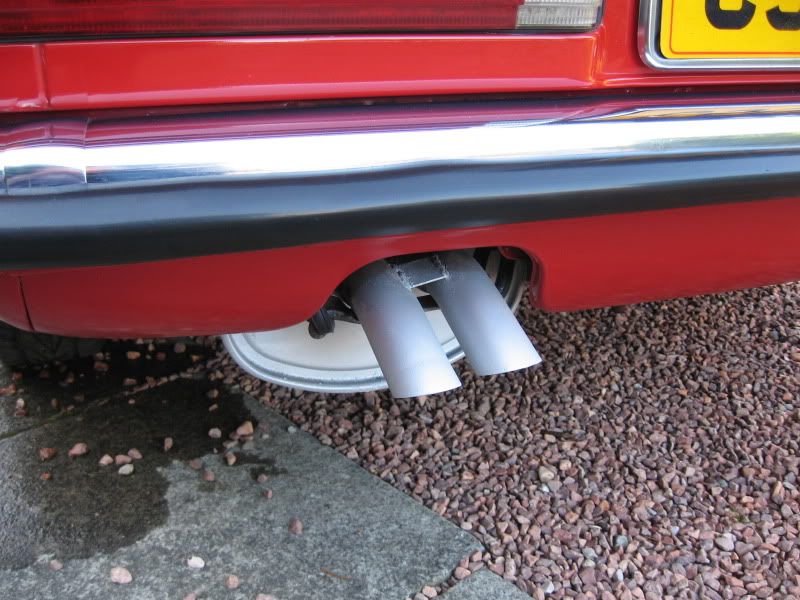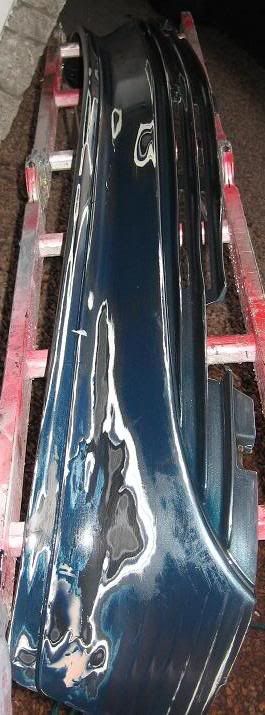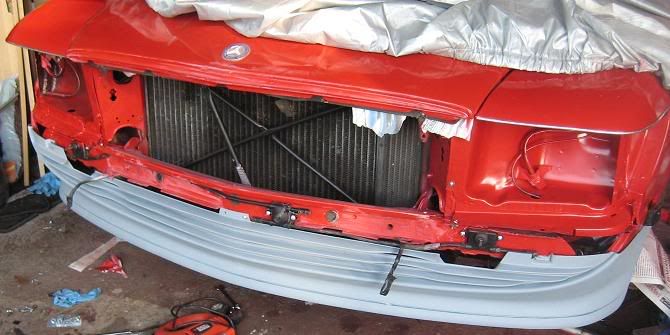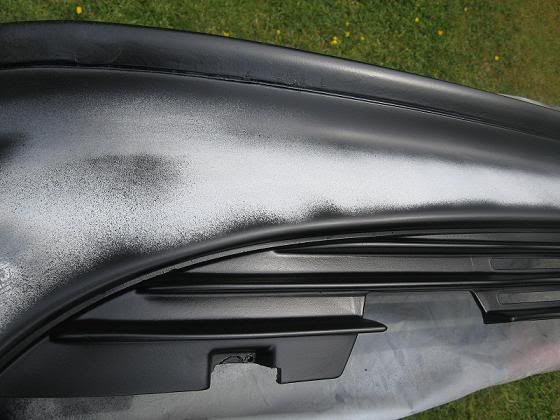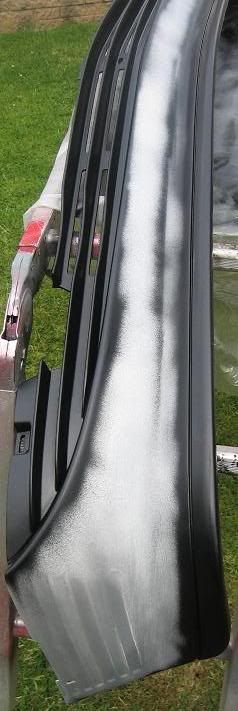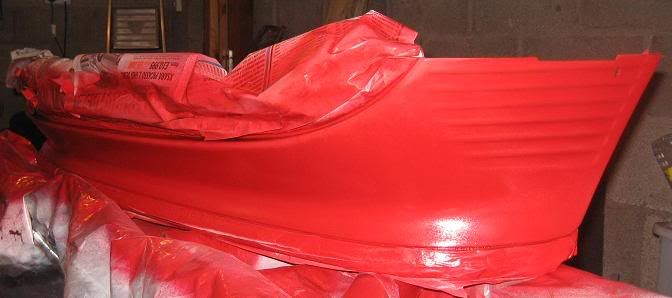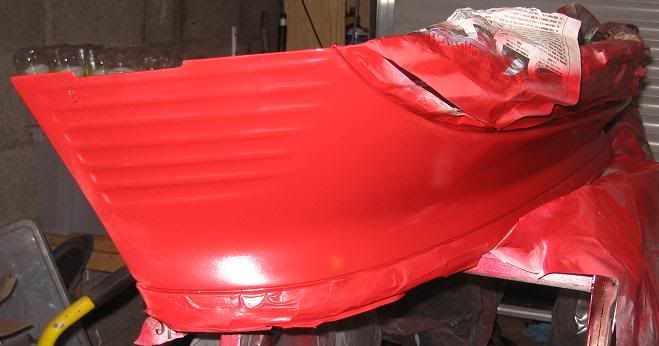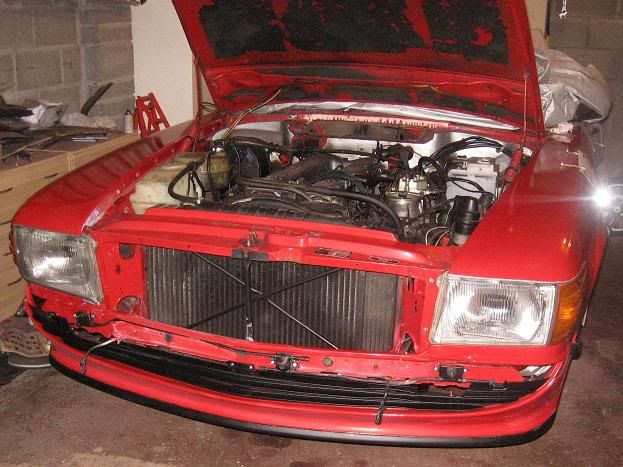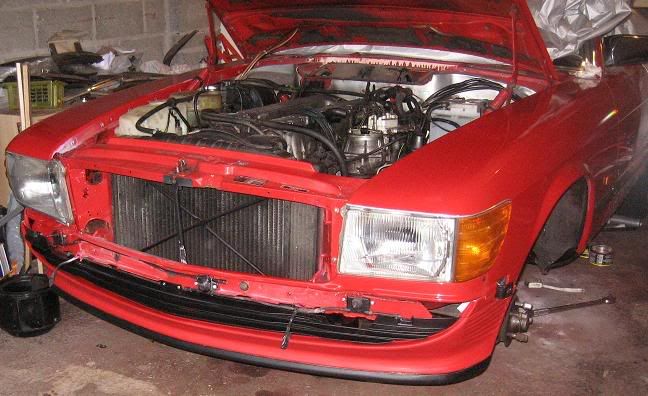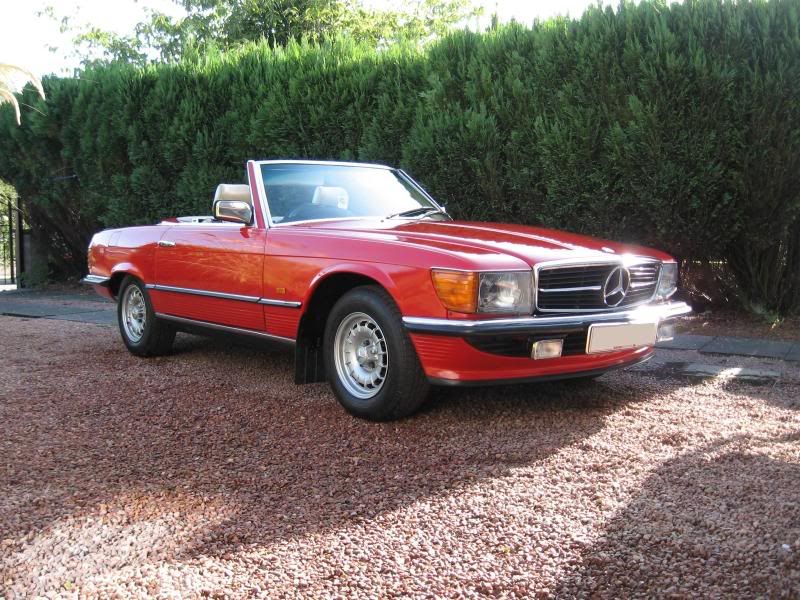The SL came with a pair of lap belts in the optional rear seating of the car. I wanted to upgrade these to 3 point belts for safety reasons.
I enquired from various companies that offer seatbelt retrofit services to classic cars and discovered that two seperate companies fit the belts in the same way, and after seeing another 107 owner's car after a retrofit decided to install these.
The belts I purchased came from http://www.bestautobits.com and are static 3 point belts. They are an excellent match for the original Mercedes items as can be seen in the photo below:

The belts need to be the static type, rather than interia because of the lack of space where the new 3rd mount goes in the soft top area, although it may be possible at a push, I considered static belts to be perfectly adequate and was confident to fit after seeing other installations of identical belts.
In addition to the belts, I also purchased a pair of FIA approved racing harness mounts used for track, race cars and the like. This is a thick piece of metal with the seatbelt bolt welded to it:

The position of the new mount needs to be checked for any rust, remove the rear wheel and check the whole area. Only once this has been verified should the mount hole be drilled.
I removed the 2 seat bases and the centre trim that simply push into place. The seatback needs to be removed to access the lap belt mounts. This is held in with 4 bolts at the very bottom next to where the buckle mounts are (see pic below) - two bolts per side. Un pop the pop studs for the backing material and the seat back slides out of the car.
Now I removed the interior trim which is held on by 3 small screws and also removed the top chrome unit around where the front seat belt feeds into, alomng with the soft top release mechanism arm on the left hand side of the car. This allows the interior trim to be removed from the vehicle. I cleaned it up whilst out of the car.
Once all this is removed I could gain access to the original lap belt mounts. Starting with the buckle mount, I removed this from the car:
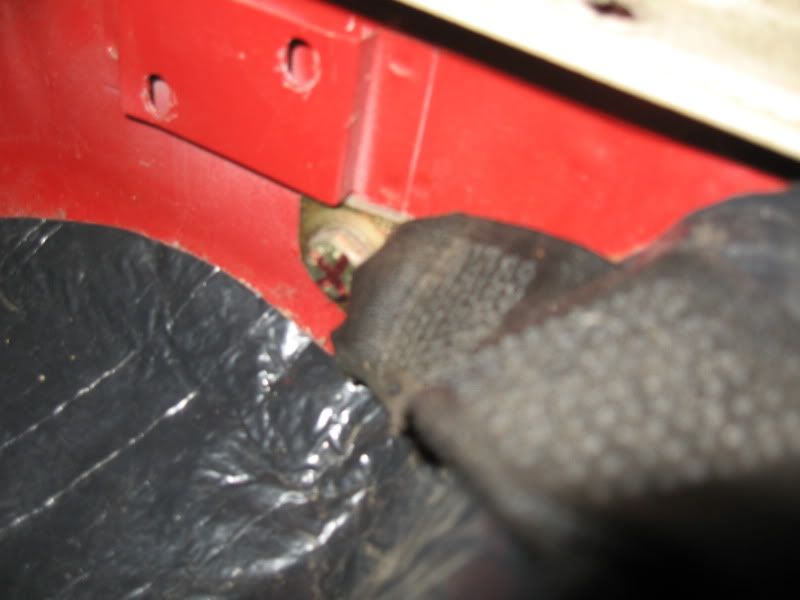
Note you can also see in this photo where the two mounts for the backrest are.
Then, starting with one side of the car 1st, I fitted the new belt using the existing bolts, washers. I used a washer from the new kit aswell, but it depends on the kit.
I then moved onto the side bolt:

This was removed in the same way. Once removed from the car I could feed the small plastic interior trim "window" from the belt to reuse on my new belt, making sure I fitted it the correct way so it will clip into the hole in the interior trim once all installed. At this point, i also plugged in the seatbelt to the buckle to ensure that I install it the correct way round without any twists. I then tightened the side mount up. I decided to have the adjustment at the lap part of the belt, but others do install it to the top area. I prefer the adjustment to be in the lap area as adjustment can be made without having to lift the soft top lid all the time. Downside is that the "slack" of the belt is in the way all the time, but I have just fed any slack under the seat squab.
Now its just the final (new) mount that needs installing.
I jacked up the car to create a large gap between the top of the wheel arch and the tyre. I then marked out the position where the belt mount should go based on some photos of another installation, and then drilled a small pilot hole though the arch. This was then finished off with the final hole - just enough to fit the bolt though. I then painted the bare metal of the hole:
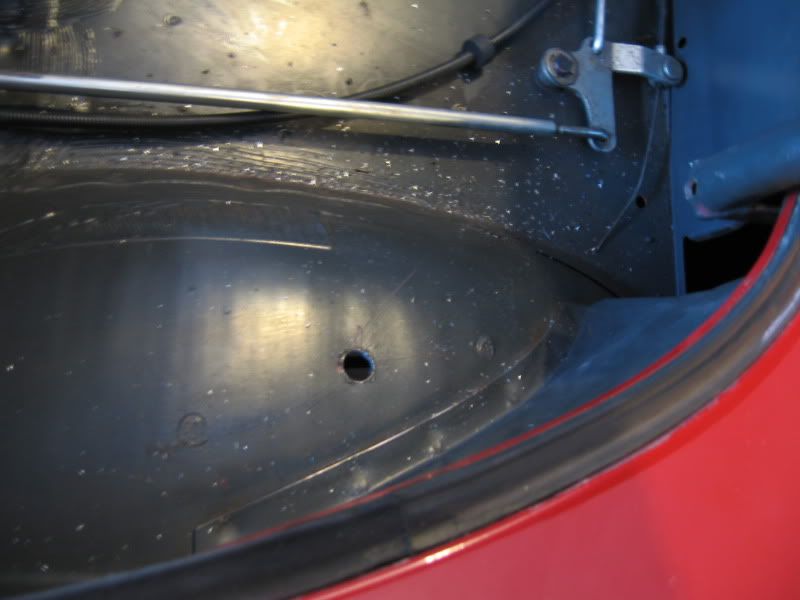
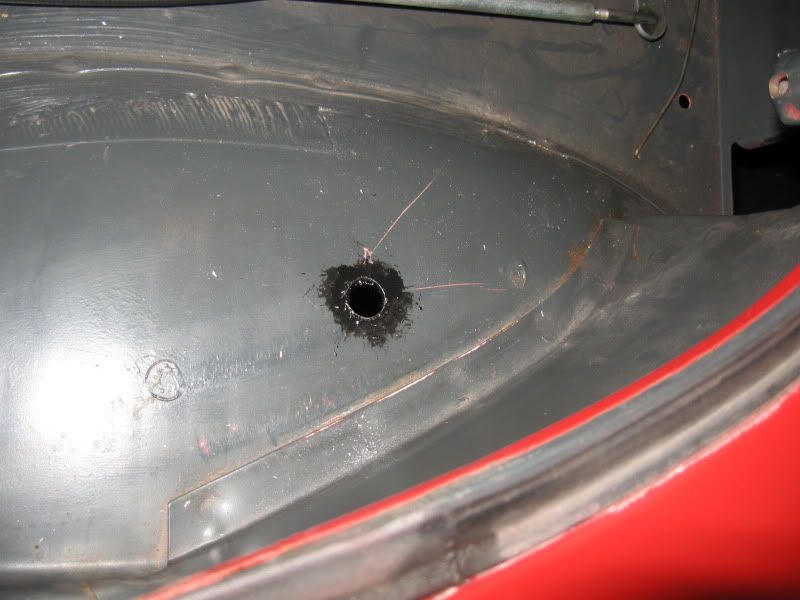
I put a smear of sealant on the mount prior to fitting along with some loctite. This should seal the area to stop any water from seeping though the underside of the wheel arch.
Using the bolts and washers that came with the new seatbelts, I fed these though the new hole and into the large harness mount on the underside of the wheel arch and tighten it up:

And finished off with the final black plastic top:
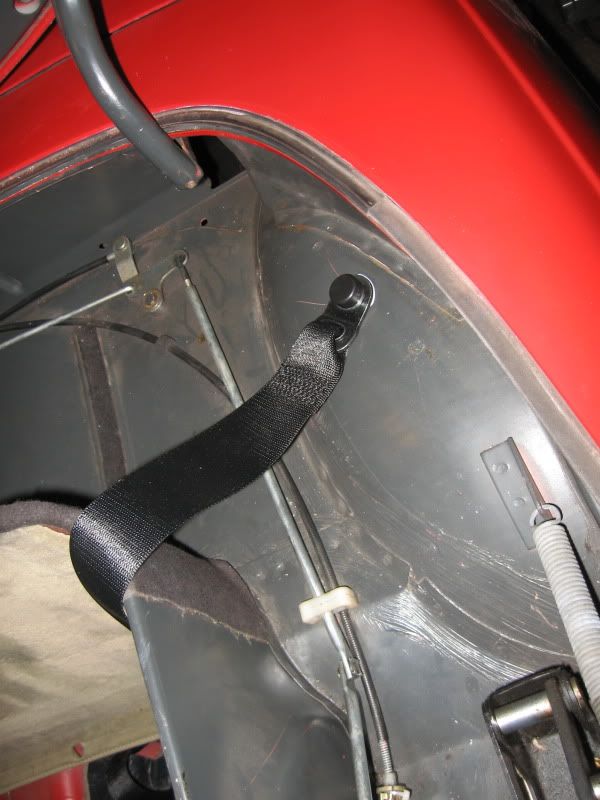
After double checking all torque levels of the belt mount bolts, I re-installed the interior trim and the black plastic trim for the belt needs clipped into the side part where the belt appears out of the interior trim:
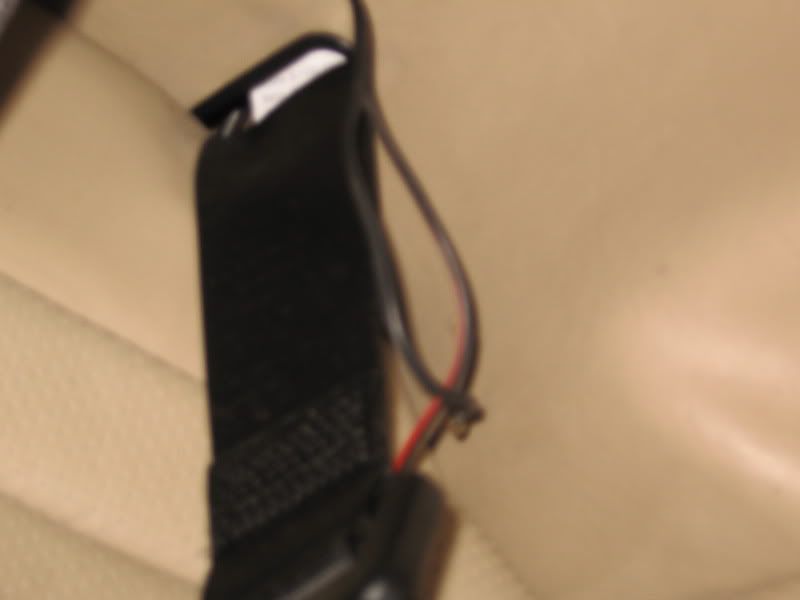
Very happy with the finished installation:
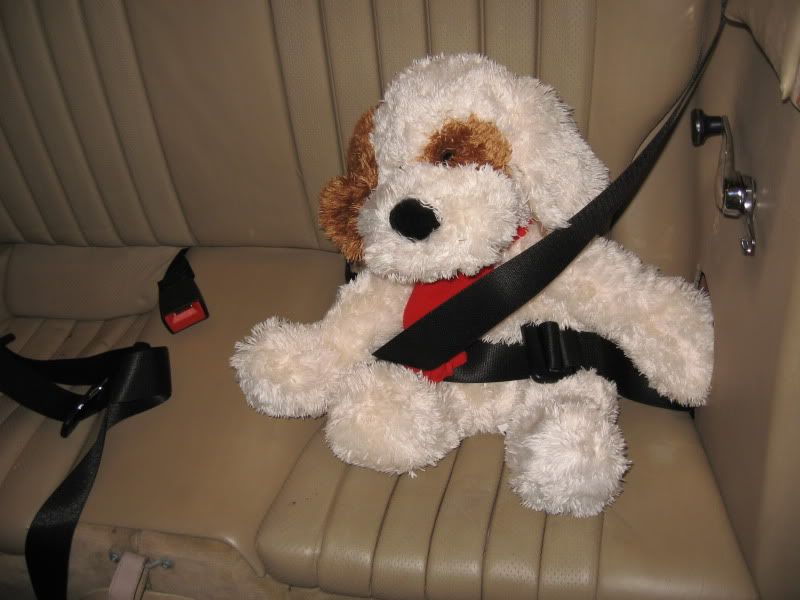

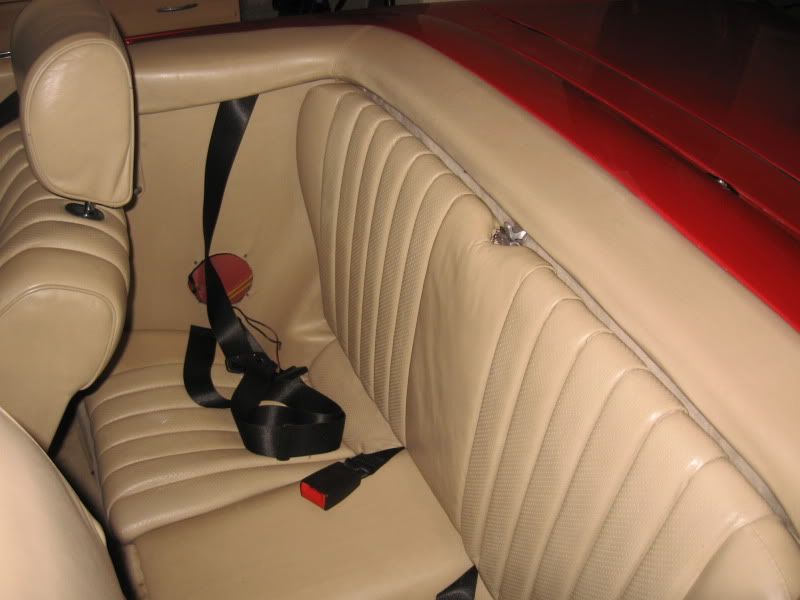
Note: I advise anyone who is unsure of this job to consult an experienced seat belt installer. There are many advertised nationwide who will supply and install seatbelts into your classic car.
